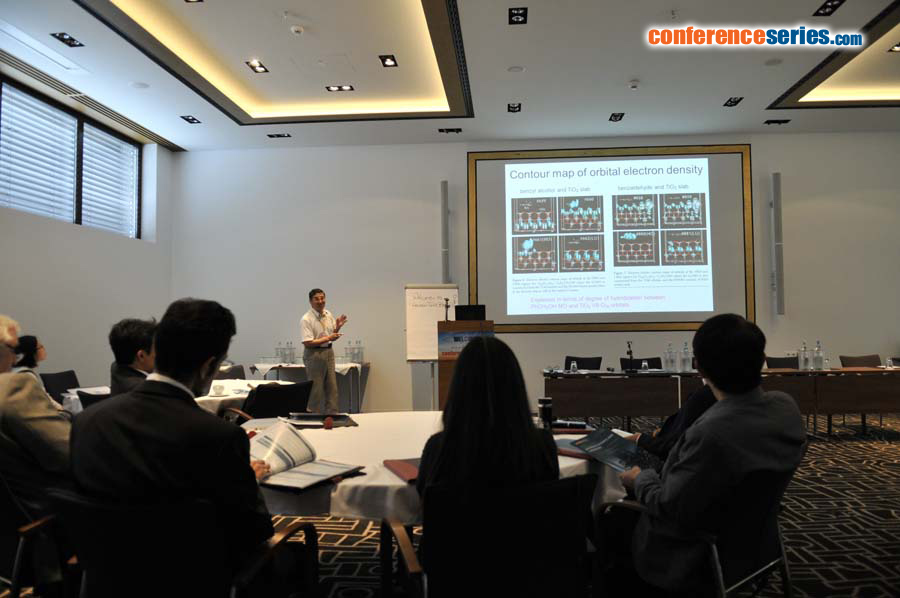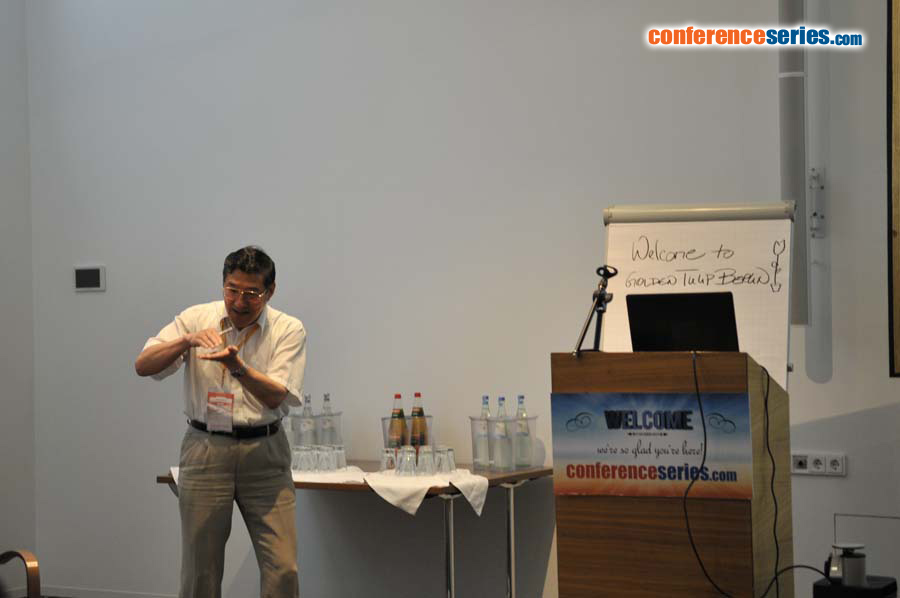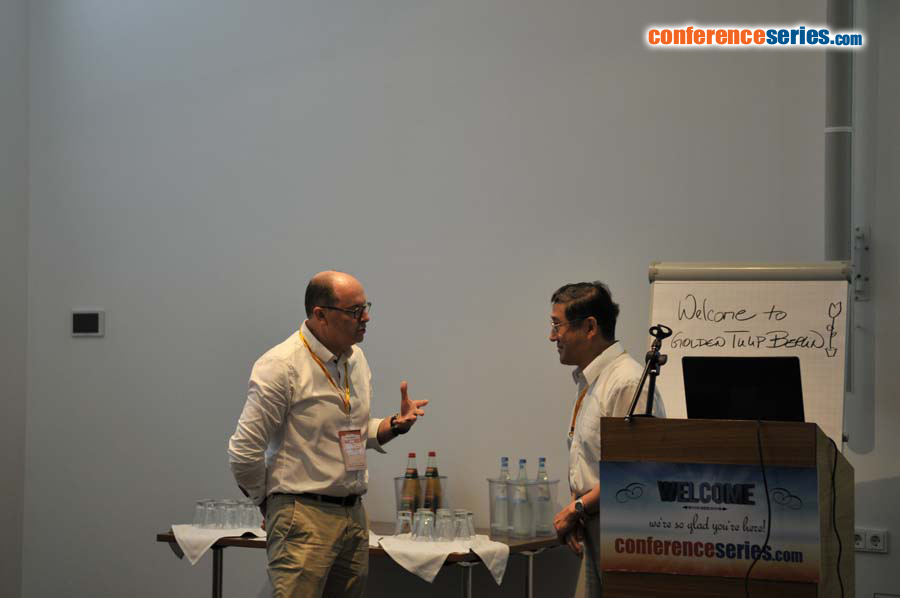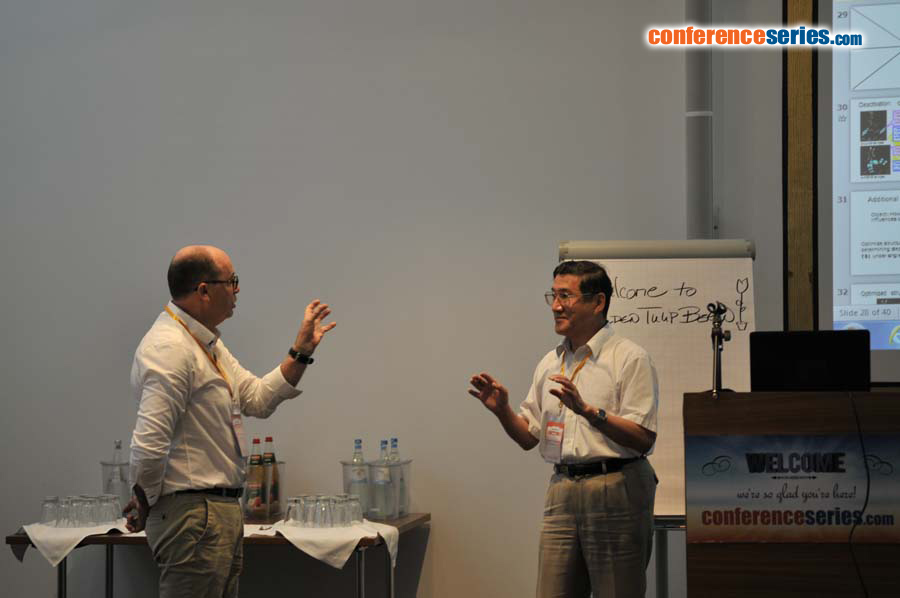
Hisayoshi Kobayashi
Kyoto Institute of Technology, Japan
Title: DFT study on the partial oxidation mechanism of benzyl alcohol to benzaldehyde by O2 on TiO2 surface under visible-light irradiation
Biography
Biography: Hisayoshi Kobayashi
Abstract
The selective photocatalytic oxidation of benzyl alcohol by O2 on the TiO2 surface was theoretically studied by DFT calculations. Experimentally, it is well known that benzyl alcohol is oxidized to benzaldehyde, but cannot be further oxidized to benzoic acid, and TiO2 surface itself is insensitive for the visible light, but becomes sensitive by benzyl alcohol adsorption. These phenomena were clarified by the plane wave based DFT calculations. Dehydroxylated and partially hydroxylated TiO2 with an anatase TiO2 (101) crystal face were modeled with a slab of Ti16O32 and Ti16O32(OH)H, respectively. It was found that the interaction of benzyl alcohol with the hydroxylated TiO2 surface significantly induces the formation of the alkoxide species, of which the donative orbitals hybridized with the O2 p orbital in the valence band (VB) of the TiO2. The visible light response is attributed to the electronic transition from the donor levels created by the alkoxide species to the conduction band (CB). The dissociation of methylene C-H in the alkoxide was assisted by O2, and this process was confirmed to be the rate-determining step. Furthermore, the hydro-peroxide (OOH) species formed by O2 reduction can also oxidize another benzyl alcohol into benzaldehyde together with Ti-OH regeneration. It was thus clearly demonstrated that two benzaldehyde molecules were formed from two benzyl alcohols and one O2 molecule on the TiO2 photocatalysis.





